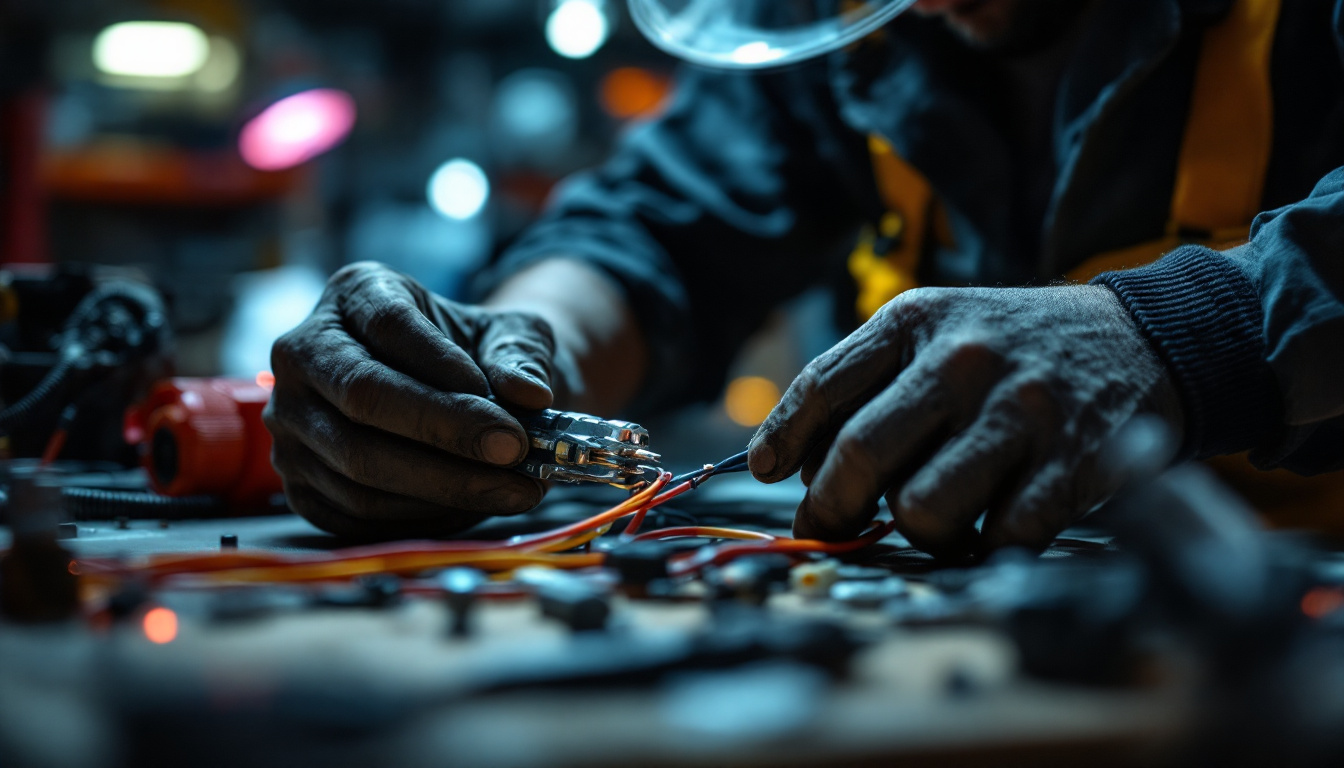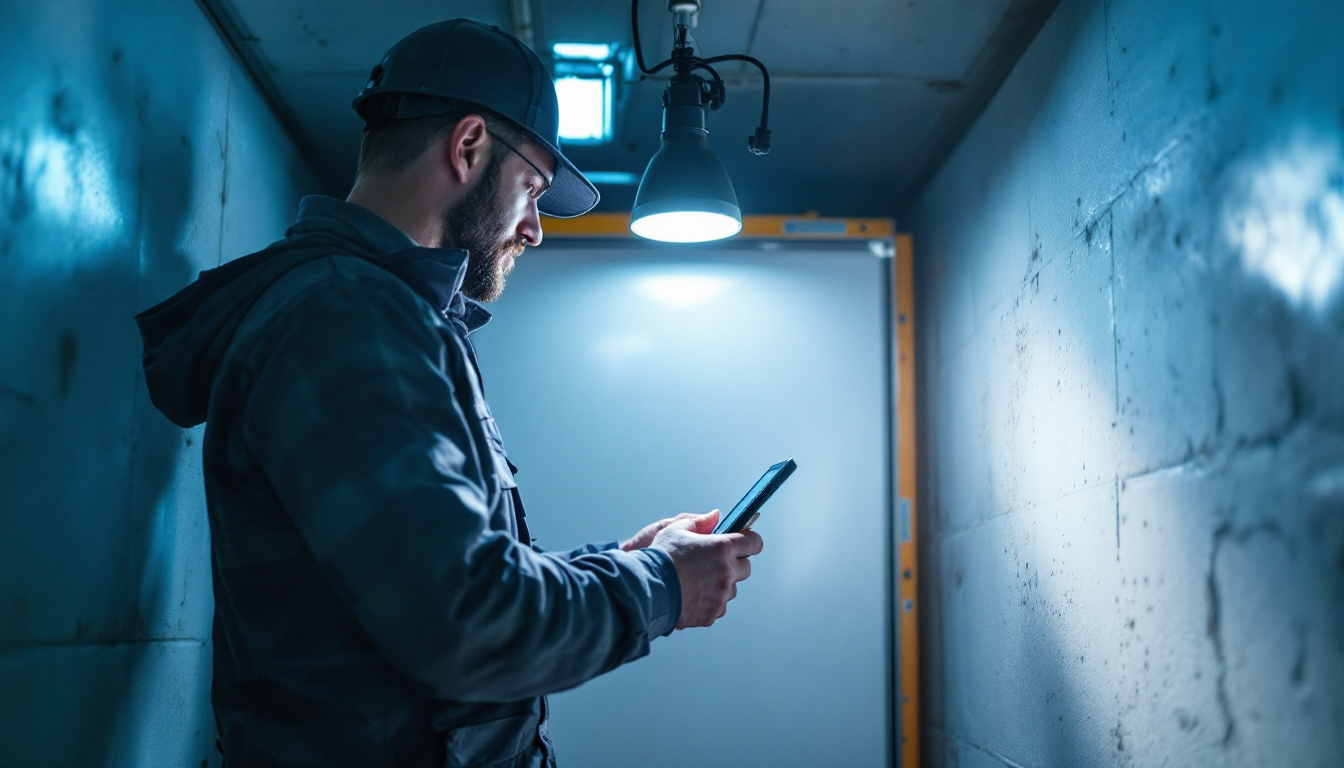
In the world of electrical work, particularly in lighting installations, wire splicing is a fundamental skill that can significantly impact the quality and safety of the project. For lighting contractors, understanding the best practices for wire splicing connectors is essential to ensure reliable connections, minimize failures, and enhance overall system performance. This article delves into the best practices for using wire splicing connectors, tailored specifically for the needs of lighting contractors.
Wire splicing connectors are devices used to join two or more electrical wires together. They come in various forms, including twist-on wire connectors, push-in connectors, and solderless connectors. Each type has its own advantages and applications, making it crucial for contractors to choose the right connector for the job.
The primary function of these connectors is to create a secure and conductive joint between wires, ensuring that electricity flows efficiently and safely. A poorly executed splice can lead to increased resistance, overheating, and even electrical fires. Therefore, understanding the characteristics of different connectors and their appropriate uses is vital for any lighting contractor.
There are several types of wire splicing connectors available on the market, each designed for specific applications. The most common types include:
In addition to these common types, there are also specialized connectors designed for unique environments and applications. For instance, waterproof connectors are essential in outdoor or marine applications where moisture can compromise electrical connections. These connectors often feature seals or gaskets that prevent water ingress, ensuring longevity and reliability in challenging conditions. Furthermore, heat-shrink connectors provide an added layer of protection by shrinking tightly around the splice when heated, creating a robust and insulated joint that can withstand extreme temperatures and vibrations.
Moreover, the choice of wire splicing connector can also impact the overall performance of an electrical system. For example, using connectors that are rated for higher amperage can reduce the risk of overheating in high-load applications. Additionally, understanding the wire gauge and the specific electrical requirements of a project is crucial, as mismatched connectors can lead to inefficiencies and potential hazards. Therefore, contractors must not only be familiar with the types of connectors available but also stay updated on industry standards and best practices to ensure safe and effective installations.
Implementing best practices when using wire splicing connectors can significantly improve the reliability and safety of electrical installations. Here are some key guidelines that lighting contractors should follow:
Selecting the appropriate wire splicing connector is crucial for ensuring a successful splice. Consider the wire gauge, the number of wires being joined, and the environment in which the connector will be used. For example, outdoor installations may require connectors that are rated for moisture resistance to prevent corrosion and ensure longevity.
Additionally, always refer to the manufacturer’s specifications to determine the correct connector type for the specific application. Using a connector that is not rated for the wire gauge or application can lead to poor performance and safety hazards. It’s also worth noting that connectors come in various materials, such as nylon or metal, each offering different benefits. Nylon connectors may provide better insulation, while metal connectors can offer superior conductivity, making it essential to choose based on the specific demands of your project.
Proper wire preparation is essential for achieving a secure and effective splice. Start by stripping the insulation from the ends of the wires, ensuring that the exposed length is appropriate for the connector being used. Typically, a length of about 3/4 inch is sufficient, but this can vary based on the connector type.
After stripping the wires, inspect them for any damage or fraying. Damaged wires should be trimmed back to ensure a clean connection. Additionally, it is advisable to twist the strands of stranded wire together to prevent them from splaying out during the splicing process. This not only helps in making a more secure connection but also reduces the risk of shorts or other electrical issues that could arise from stray strands. Furthermore, using a wire brush or sandpaper can help clean the wire ends, ensuring optimal conductivity and reducing the likelihood of corrosion at the splice point.
Each type of connector has its own splicing technique, and following the correct method is crucial for ensuring a reliable connection. For twist-on wire connectors, insert the stripped ends of the wires into the connector and twist the cap onto the wires until it feels secure. Ensure that the wires are fully inserted and that no bare wire is exposed outside the connector.
For push-in connectors, simply insert the stripped wire until it clicks into place. It’s important to ensure that the wire is fully seated in the connector to avoid any loose connections. Always double-check the connection before finalizing the installation. Additionally, consider using a torque wrench for connections that require a specific torque setting, as this can help prevent over-tightening, which may damage the connector or the wire itself. Regularly testing the connections with a multimeter after installation can also help identify any potential issues early, ensuring the integrity of the electrical system over time.
Safety should always be a top priority when working with electrical systems. Lighting contractors must adhere to safety guidelines to prevent accidents and ensure compliance with local codes. Here are some essential safety considerations:
Before beginning any wiring work, it is imperative to turn off the power at the circuit breaker. This step cannot be overstated, as working on live wires poses a significant risk of electric shock. Always use a voltage tester to confirm that the power is off before proceeding with any splicing work.
Wearing appropriate personal protective equipment is essential for safeguarding against potential hazards. This includes safety glasses to protect the eyes from flying debris, gloves to prevent cuts and abrasions, and insulated tools to minimize the risk of electric shock.
Every region has specific electrical codes and regulations that govern wiring practices. Lighting contractors must familiarize themselves with these codes and ensure that all splicing work complies with them. This not only ensures safety but also helps avoid potential legal issues and fines.
Even experienced lighting contractors can make mistakes when splicing wires. Being aware of common pitfalls can help prevent issues down the line. Here are some mistakes to avoid:
While it is important to secure connectors properly, over-tightening can damage the wires and compromise the connection. This is particularly true for twist-on wire connectors, where excessive force can strip the wire or break the connector. Always follow the manufacturer’s guidelines for torque specifications.
Failing to test connections after splicing can lead to undetected issues that may cause failures later. After completing the splicing, use a multimeter to check for continuity and ensure that the connection is secure. This step is crucial for identifying any problems before finalizing the installation.
Using connectors that are not compatible with the wire gauge or type can lead to poor performance and safety hazards. Always verify that the connectors are rated for the specific application and wire size. Using the wrong connector can result in loose connections and increased resistance, leading to overheating and potential fire hazards.
The electrical industry is continually evolving, and advancements in wire splicing technology are making it easier and safer for lighting contractors to perform their work. Here are some notable innovations:
Self-stripping connectors have gained popularity due to their ease of use and efficiency. These connectors automatically strip the insulation from the wire as it is inserted, eliminating the need for manual stripping. This not only saves time but also reduces the risk of damaging the wire during preparation.
Smart connectors equipped with sensors and diagnostic capabilities are emerging in the market. These connectors can monitor electrical performance and alert contractors to potential issues, such as overheating or loose connections. This technology enhances safety and reliability, allowing for proactive maintenance and troubleshooting.
As sustainability becomes increasingly important, manufacturers are developing environmentally friendly wire splicing connectors. These connectors are made from recyclable materials and designed to minimize waste, aligning with the growing demand for eco-conscious practices in the construction industry.
Wire splicing connectors play a crucial role in the success of lighting installations. By adhering to best practices, prioritizing safety, and staying informed about innovations in the field, lighting contractors can ensure reliable and efficient electrical connections. Understanding the various types of connectors, proper splicing techniques, and common mistakes to avoid will contribute to the overall quality of work and client satisfaction.
As the industry continues to evolve, embracing new technologies and methods will further enhance the capabilities of lighting contractors. By staying informed and committed to excellence, contractors can navigate the complexities of wire splicing with confidence, ensuring that every project is completed to the highest standards of safety and performance.
Ready to elevate your lighting projects with the highest quality connectors and lighting products? Look no further than LumenWholesale for all your needs. Our spec-grade selection is designed to meet rigorous industry standards, ensuring you have access to the most reliable and high-performance lighting products on the market. With unbeatable wholesale prices and the convenience of free shipping on bulk orders, you can trust LumenWholesale to provide the best value without any hidden fees. Make your next project a shining success and experience the best in wholesale lighting today.

Explore the advantages and drawbacks of kitchen LED lighting from a contractor’s perspective.

Discover essential tips and expert advice for lighting contractors on mastering the installation of kitchen under cabinet lights.

Discover essential tips and best practices for lighting contractors to enhance their ceiling lamp installations.

Discover innovative cost-saving strategies for lighting contractors with LED portable lights for freezers.